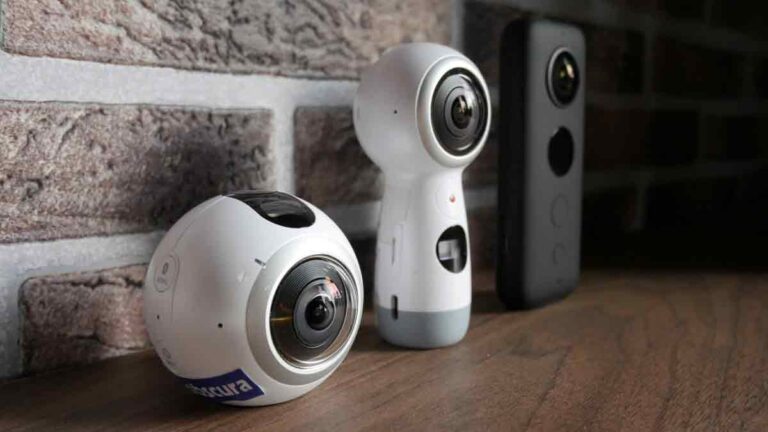How To Write Excellent Technical Guides?
Excellent Technical Guides
The job of a technical writer can comprise many roles since they are part of both the development team and the creative team. A technical writer bridges the gap between DevOps and the other departments, customers, and audiences by bringing out content that can be easily comprehended. More often than not, the challenge with most of the content aspects for technical products and services from niche industries is the lack of a knowledge base that can help in transferring information. To help remove this block, our blog is based on the essential components of a technical piece that can help a curator hit the bullseye every single time. Ready to know what it takes to have a perfectly balanced tech guide or technical guides? Let’s find out!
Understand the premise of your guide first:
To begin with, multiple kinds of guides serve a specific purpose. For starters, a user guide can be categorized per the client hierarchy. An internal guide differs from an onboarding guide, all of which need a varied approach. Once you make it a point to understand the premise of the guide, it becomes easier to streamline your workflows.
Use the product yourself:
Be it from a developer’s perspective or the end-user, knowing how the product or service works like the back of your hand is one of the most essential elements of technical writing and development. How can you explain a product in the simplest method if you haven’t tried it yourself? Take the time to know your way around the web app, mobile app, website, or the product in question.
Add helpful infographics to technical guides
All words and no imagery make the guides a boring piece of the document! Make sure that you add as much infographic content to improve their learning experience. If you don’t know how to crop a screenshot on Mac, this is the time to learn because screen grabs and recordings will be essential! Humans are visual creatures and learn faster when presented with images and pictorial graphics. Try to use as few words as possible and show them using the imagery rather than telling them through lengthy lines.
Know the reader audience:
Who you are writing for makes all the difference in the world. Once you know your reader’s level of understanding, knowledge, and grasp of the technical side of things (or lack thereof), it becomes simpler to set the tone of a guide. For instance, the guides for a lower-level employee (intern) will be simpler than a managerial reader. Also, some products are strictly B2B, which demands the business aspect of the service.
Use technical terms:
When we ask to include technical terms, we don’t mean for you to fill the guide with jargon. Instead, use the exact label for functions, buttons, panels, and other aspects so that they’re not confusing.
Wrapping Up:
The difference between a hit or a miss in technical documentation is the understanding of the curator. The sooner you grasp the five highlighted points above, the more adept you will be!




